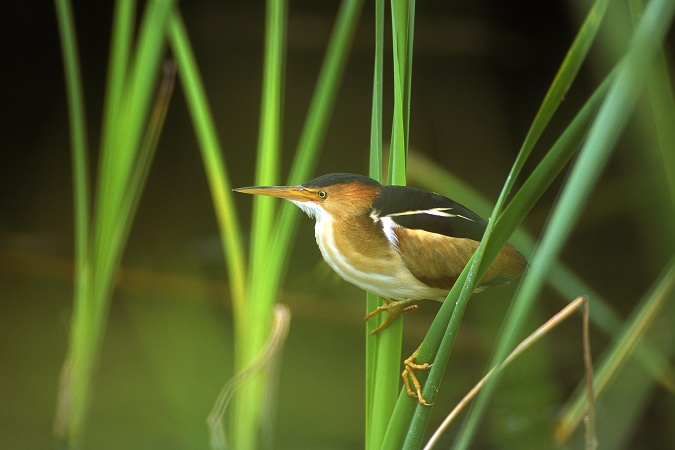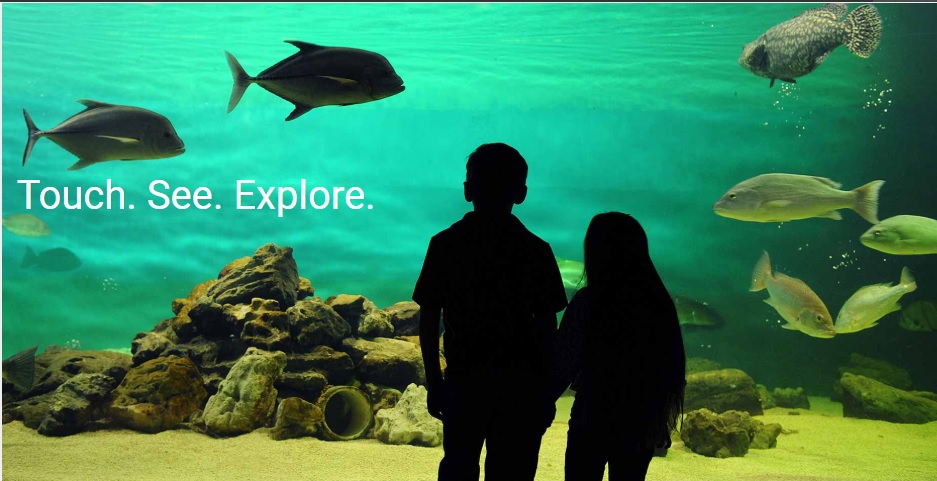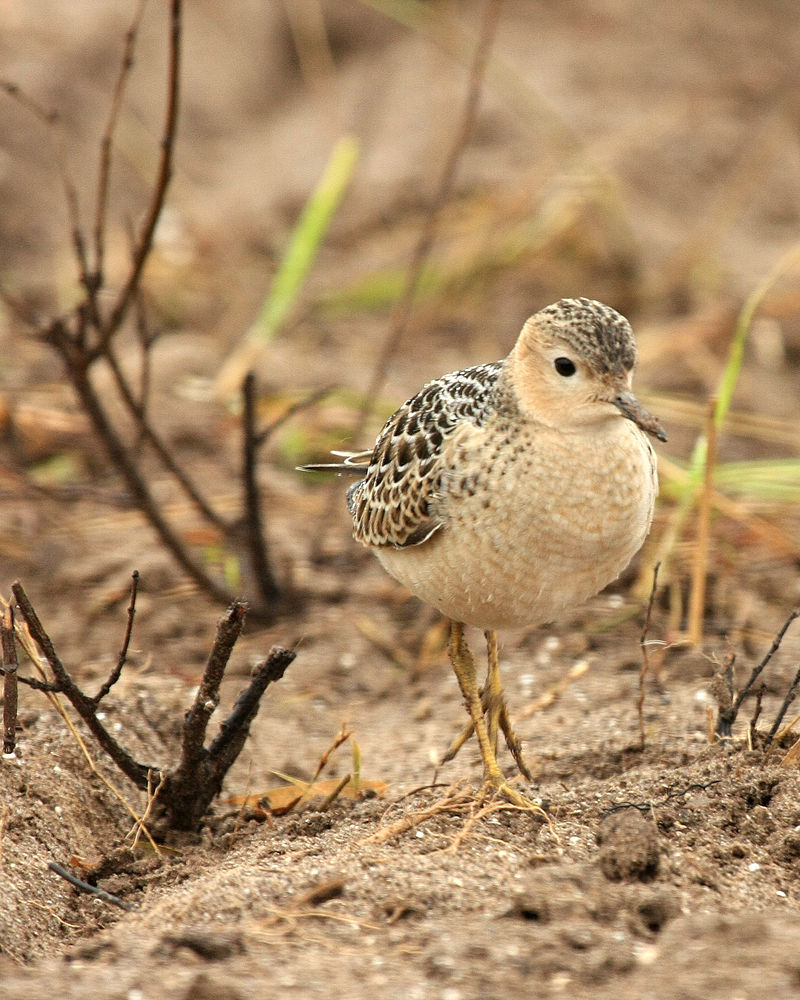November 26th, 2019

Christopher Kimball, host Milk Street on PBS
This is Passport to Texas
Christopher Kimball hosted America’s Test Kitchen, Cook’s Country and now Milk Street on PBS. He is a hunter in his home state of Vermont. Yet, wild game cookery isn’t something you’ve seen on his shows.
Years ago, I had a photograph of me holding up two or three rabbits that I had shot – because I do a lot of rabbit hunting in the winter. America Public Television distributes our show [Cook’s Country], and I think they sent out a warning indicating the stations may want to gray out that particular photograph. So, most people are not prepared for that, probably.
Some people are prepared, though – and ready to become hunters.
You see more women hunting now than you did. And, I think in certain parts of the country there’s more of it.
Kimball says if you plan to cook game, you must know the optimal cooking methods for each type of meat.
The tough, dark meat you braise slowly – like the back legs of the rabbit. But, the very lean tenderloin – or backstrap – that gets cooked in about five minutes. Some of that meat you can barely cook – like the tenderloin of a deer. You don’t want to cook it much over medium rare. But, if you have other cuts of meat that are tougher and really need a long, slow cooking – you really have to think about the cuts that way, because game meat isn’t fatty. And actually, that’s why they larded it. And I’ve done it – larded venison –because it needed the fat. It’s not like a 300 pound pig that’s got a lot of fat in it.
Find recipes for game on the Texas Parks and Wildlife website.
For Texas Parks and Wildlife…I’m Cecilia Nasti.
Posted in Food, Rabbit | Comments Off on Braising them Slowly with Chris Kimball
November 21st, 2019

Least Bittern
This is Passport to Texas
Did you know there’s a secret gang of aviators hiding out on the Texas Coast?
They’re not often seen. They’re more often heard.
Trey Barron is a Wildlife Diversity Biologist with Texas Parks and Wildlife. He’s talking about the secret life of Marsh Birds.
Marsh birds are typically thought of as species like Rails. A lot of other species that inhabit the marsh that are secretive as well, like some of the Bitterns, and they’re one that are very hard to monitor for because they spend time in habitats that you just can’t walk to or drive to. You have to be in a boat or trompin’ through the marsh.
The Marsh Bird population has steadily declined over the years primarily due to habitat loss. And while some species are doing good in Texas, their decreased population along other coastal regions may cause them to be federally protected.
There’s some species that have been proposed at the federal level, the Black Rail, as threatened. It seems to be doing quite well in Texas, but the population has declined significantly on the Eastern coast and so the more we can find out about that species the better we can provide better habitat for the rail.
Continuing to protect marsh habitats will be key to sustaining Marsh Bird populations in Texas.
The Wildlife Restoration Program supports our series and funds Marsh Bird research in Texas.
For Texas Parks and Wildlife…I’m Cecilia Nasti.
Posted in Birding, Conservation, Habitat, Wildlife and Sport Fish Restoration Program | Comments Off on The Secret Lives of Marsh Birds
November 20th, 2019
This is Passport to Texas
The Buff-breasted Sandpiper is a small tan colored shorebird that stops to refuel in Texas during its long journey North.
It’s a bird that is what we call a long-distance runner.
Cliff Shackelford is a state ornithologist with Texas Parks and Wildlife.
It’s a migrant that winters in Argentina and breeds up in Alaska and Canada. And does that every year for maybe 10 to 15 years of its life. It’ll make that round trip journey every year.
But the distance traveled is not the only unique characteristic of the Buff-breasted Sandpiper. It’s preferred habitat in Texas may surprise you.
A shore bird is those little birds you see when you go visit the beach that are running around in the surf. But this guy fills a different niche. He’s not on the edge of water or the surf. He’s out in short grass areas. The key is, big chunks of real estate, varying amounts of water and mud, and just what people would think there’s nothing living out there, but clearly there are lots of invertebrates these shorebirds are going out there and consuming, they’re feeding on those.
Learn more about the birds of Texas on the Texas parks and Wildlife website.
The Wildlife Restoration Program supports our series and funds Buff-breasted Sandpiper research in Texas.
For Texas Parks and Wildlife…I’m Cecilia Nasti.
Posted in Birding, Habitat | Comments Off on Buff-Breasted Sandpiper
November 19th, 2019

Christmas Bird Count participants. Photo: Camilla Cerea/Audubon
This is Passport to Texas
For Texas birders it is sheer delight now that the annual Christmas Bird Count is nearly in sight.
The Christmas Bird Count is a fantastic way for people to get involved in what we call citizen science. You can be a participant and help count birds during the Christmas season.
Cliff Shackelford is a state ornithologist with Texas Parks and Wildlife.
There’s a three week window that straddles Christmas where teams go out at specific times for 24 hours in a specific 15 mile radius circle and count birds.
The Christmas Bird Count officially started in 1900. Even though it took a while for counts to get established in Texas, some bird counting circles in the state have been in existence for 60 years.
So how can you participate?
The first thing to do is find out if you live in or near a Christmas Count circle. The next step is to find the count compiler, that person who’s in charge of coordinating that circle and making sure that people are spread out and have a little piece of the pie and don’t double up on certain sites.
Find your nearest Christmas count circle at Audubon.org
For Texas Parks and Wildlife…I’m Cecilia Nasti.
Posted in Birding, Christmas, Christmas Bird Count, Citizen Science Projects, Events | Comments Off on Texas Christmas Bird Count 2019-2020
November 14th, 2019

Sea Center Texas
This is Passport to Texas
Located in Lake Jackson, Sea Center Texas is a marine aquarium, fish hatchery and education center providing creative learning opportunities throughout the year.
Right now, the main educational opportunity that we have are Summer Camps. This year were doing “Wonderful Wetlands,” where they’ll go to dip-net and learn all about the species that live out there. And then, we have “Aquaria-mania, where they will learn what it’s like to work at an aquarium and, they will get to take a behind-the-scenes tour.
We spoke with Juliana Moore this past summer, before the camp started. She is an information specialist at the center.
We have three public fishing events during the year. There’s one in June one in September and the other one is in February. And, those are youth fishing days so, anyone 17 and younger, accompanied by a parent can come out and fish.
And you can have fun with the fishes this holiday season.
We have a big Santa Clause show and Santa Claus actually scuba dives in the tank. So, one of our volunteers will dress up as Santa and gets in there with his elves and they put on a little Christmas show.
Now that’s something you’ve got to see. you can find more Sea Center events on our website; just click on the Parks tab and select Sea Center.
We record our series at The Block House in Austin, and Joel Block engineers our program.
For Texas Parks and Wildlife…I’m Cecilia Nasti.
Posted in Conservation, Education, Holidays, Saltwater | Comments Off on Fun with Fishes at Sea Center Texas







 Passport to Texas is a
Passport to Texas is a  Passport to Texas is made available by:
Passport to Texas is made available by: